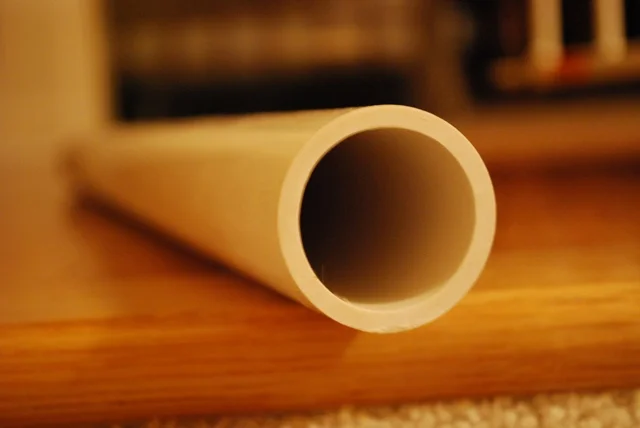PVC pipes are a popular choice for plumbing projects due to their durability and affordability. However, their bright white color may not always match the desired aesthetic of a space. Luckily, painting PVC pipes is a simple and cost-effective way to update their appearance. In this article, we’ll provide a step-by-step guide on how to paint PVC pipes for plumbing.
Step 1: Clean the Pipes
Before painting, it’s essential to clean the PVC pipes thoroughly. Use a damp cloth to wipe down the pipes, removing any dirt, debris, or oils that may prevent the paint from adhering properly.
Step 2: Sand the Pipes
To ensure that the paint adheres to the PVC pipes properly, it’s necessary to sand them lightly. Use a fine-grit sandpaper, such as 220-grit, to sand the surface of the pipes gently. Be sure to wipe away any dust or debris created during sanding.
Step 3: Prime the Pipes
Applying a primer is crucial to ensure that the paint adheres to the PVC pipes and remains durable over time. Choose a primer that is designed for use on PVC surfaces. Apply the primer evenly to the pipes using a paintbrush or roller. Allow the primer to dry according to the manufacturer’s instructions.
Step 4: Apply the Paint
Once the primer is dry, it’s time to apply the paint. Choose a paint that is designed for use on PVC surfaces and matches the desired color scheme of the space. Apply the paint using a paintbrush or roller, ensuring even coverage. Allow the paint to dry completely before applying a second coat if necessary.
Step 5: Apply a Sealant
To ensure that the painted PVC pipes remain durable over time, it’s necessary to apply a sealant. Choose a sealant that is designed for use on painted PVC surfaces. Apply the sealant evenly using a paintbrush or roller, and allow it to dry according to the manufacturer’s instructions.
Conclusion
Painting PVC pipes for plumbing projects is a simple and cost-effective way to update their appearance and match the desired aesthetic of a space. By following these steps, you can ensure that the paint adheres properly and remains durable over time. Clean the pipes, sand them lightly, apply a primer, apply the paint, and apply a sealant. By doing so, you’ll achieve a professional-looking finish that will enhance the overall look of your plumbing project.
